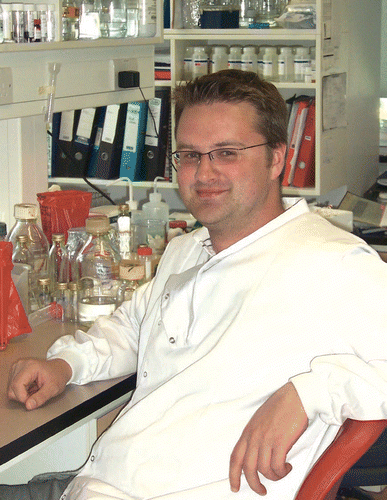In only a few short decades molecular biology and genetic engineering have spawned today's burgeoning biotechnology industry—arguably one of the fastest growing and most commercially lucrative branches of scientific endeavor in our time.
Indeed, since the 1970s microbes have been engineered to produce recombinant drugs, to function as vaccine and drug delivery platforms, to breakdown and neutralize waste, chemical and radiation spills and mop up oil slicks. Furthermore, in a more sinister capacity genetically engineered microbes have been developed for their considerable biodefense potential.
Bioengineered Bugs (or BioBugs as it has affectionately come to be known amongst the Editorial Board) provides a platform for publishing high quality research on any aspect of genetic engineering that involves the generation of recombinant strains (both prokaryote and eukaryote) for beneficial applications in food, medicine, industry, environment and biodefense.
BioBugs boasts an expert international Editorial Board, including Dr. J. Craig Venter of the human genome fame (and much, much more) and Prof. Ananda Chakrabarty—the first person to patent a genetically modified microbe. Indeed, this, our maiden issue, begins with an Expert Commentary from Professor Chakrabarty in which he gives us a very personal account of the 1980 US Supreme Court case that granted him the right to patent a genetically manipulated bacterium designed for oil spill cleanup. This groundbreaking ruling enabled genetic engineers, for the first time, to protect their biological “inventions” in much the same way as traditional engineers had, for years, patented their physical inventions. This ability to protect and profit from biological constructs marked the beginning of the biotechnology revolution, and enabled the establishment of companies like Genentech to produce high quality recombinant drugs in a fraction of the time and at a fraction of the cost of conventional approaches.
Like the industry it comments on, BioBugs too strives for speed and quality, providing a rapid turn-around time from submission to publication. Authors should expect a preliminary decision within two weeks of submission, with papers being published online immediately upon acceptance as well as in hard copy in journal print format. BioBugs will host a variety of article types including: Letters to the Editor, Commentaries, Reviews, Meeting Reports, Addenda and Research Notes, as well as any other format we feel is necessary to deliver your message.
And so it begins … and with the help and support of you, our readers and future contributors, may it continue for many years to come.
